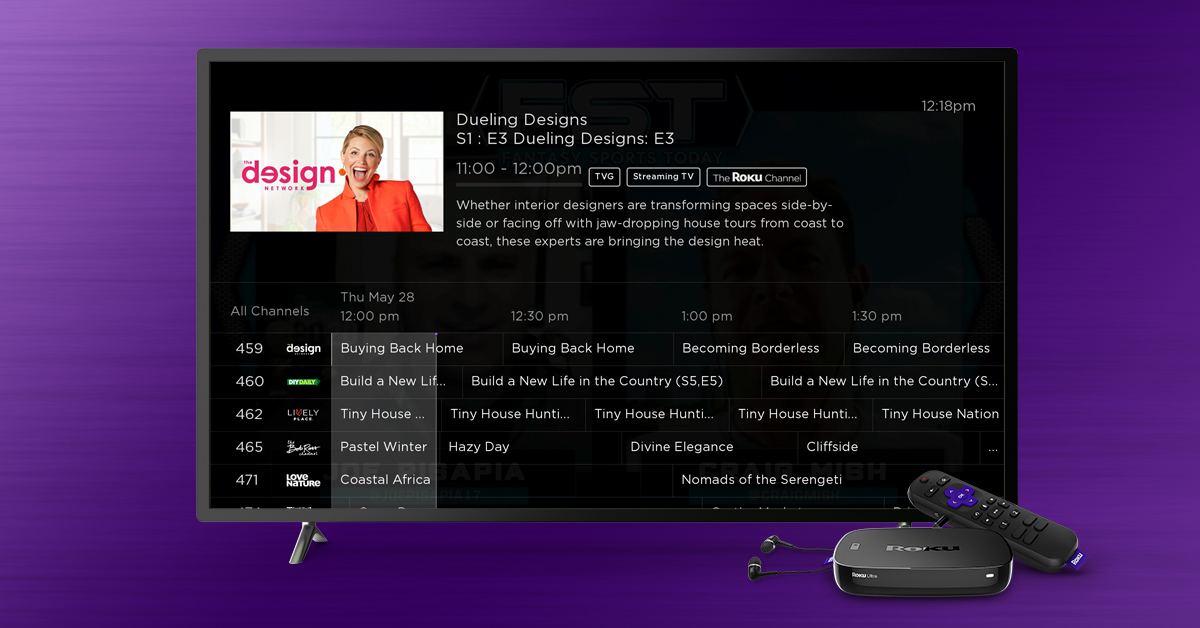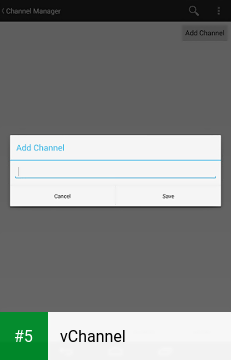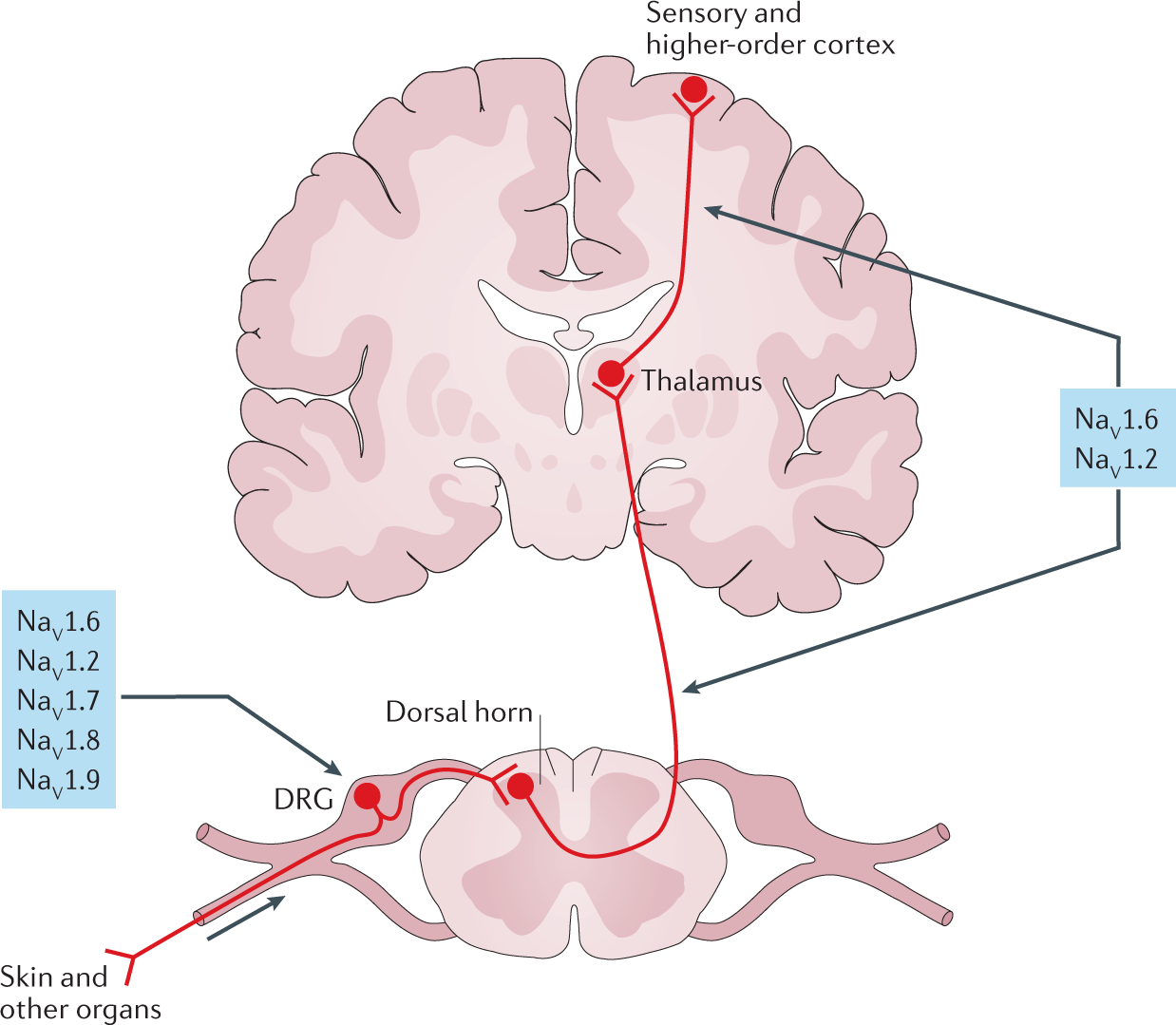


Some are between the preamp and equalizer sections, some after the equalizer, but before the fader, and some are post-fader. The actual point at which the channel signal path is broken with the insert connection is not standard among all consoles. The output point (the place where the signal is routed to the outboard device) is called the channel insert send, and the place where the effected comes back into the mixer is called the channel insert return. For example, with a CD, the audio bit rate is 1.41Mbps, but the channel bit rate is actually three times as high, 4.32Mbps.Ĭhannel insert: An insertion point in a mixer channel which opens up the signal path and allows an outboard device to be inserted in-line. This is because of ECC and synchronization bits, etc. A transfer channel would include a 1/4” tape deck, a 35mm mag recorder, a resolver, and a monitoring system.Ĭhannel assignment matrix: In a recording console, the group of buttons or switches by which the signal from any input channel can be assigned to one or more busses, and thereby be sent to one or more tracks of the multitrack recorder.Ĭhannel bit rate: The actual bits being read from a digital medium are greater than the number strictly required to encode the audio signal. A production channel would include a recorder, mixer, microphones, headsets, etc. (4) In film, A complete, self-sufficient recording setup. (3) The left or right signals of a stereo audio system, or the left, right, center, surround and/or subwoofer signals of a multichannel system, such as LCRS or 5.1. MIDI’s 16-channel limitation has been overcome by employing multiple independent MIDI ports that each route sixteen channels, offering the possibility of hundreds of channels. A track holds data that (depending on the sequencer) may or may not be restricted to one MIDI channel. MIDI data are associated with a particular channel by virtue of a Channel ID Number that is interwoven with other MIDI data being recorded. MIDI provides definitions for 16 channels which transmit not audio signals, but digital control signals for triggering synthesizers and other devices. (2) A system for independently addressing up to sixteen separate MIDI devices over a single MIDI cable. In the digital domain, channels may share wiring, kept separate through logical operations. In analog audio (such as a mixer), each channel consists of separate wired components. channel: An independently processed or recorded signal. See B-chain, program chain, signal chain, side chain.Ĭhange-over projection : See projection. An integrated system composed of separate audio and/or video recording, processing, or playback circuits and/or devices which are used in conjunction with one another to produce one output result. Developed by Sony, and sometiines called S-format after that company’s name.
VCHANNEL CHANNELS PROFESSIONAL
See phantom power, Appendix B.Ĭ-format: The international standard format for professional 1” videotape equipment. Used, for example, in delivering power to balanced line condenser microphones. See Q.Ĭenter tap: In a transformer, the electrical midpoint of the windings, made accessible for external connection. Use to denote the flat position on tone controls, etc.Ĭenter frequency: The frequency that is boosted or attenuated most by the operation of any parametric equalizer or other similar processing device or circuit. See half-step.Ĭenter detent: A notched position in the range of a variable control, allowing the user to return the control to precisely that position, such as the midpoint between the left and right channels in a balance control. In an instrument, a cent is a term used in discussing pitch resolution one cent is good, more than six cents is bad.

Cent: The smallest conventional unit of pitch deviation.


 0 kommentar(er)
0 kommentar(er)
